Robotics in Space: The Dawn of Autonomous Exploration
7 March 2025
Space – it’s vast, mysterious, and, let’s face it, a little terrifying. But it’s also the final frontier, the ultimate destination for human curiosity and exploration. However, as much as we’d love to send astronauts to every corner of the cosmos, space exploration isn't just about planting flags and taking selfies on the moon. It’s dangerous, expensive, and logistically challenging. Enter robotics.
In recent years, robotics in space has become the unsung hero of autonomous exploration. Whether it's rovers trekking across Mars or drones flying through Saturn’s moon Titan, robots are doing the heavy lifting in our quest to understand the universe. And the best part? They don’t need snacks or oxygen.
In this article, we'll dive deep into the role of robotics in space, how it’s transforming our approach to exploration, and, most importantly, why the future of space exploration is looking more robotic than ever. Buckle up, because we're about to launch into a world where machines are mankind's eyes and hands in the cosmos.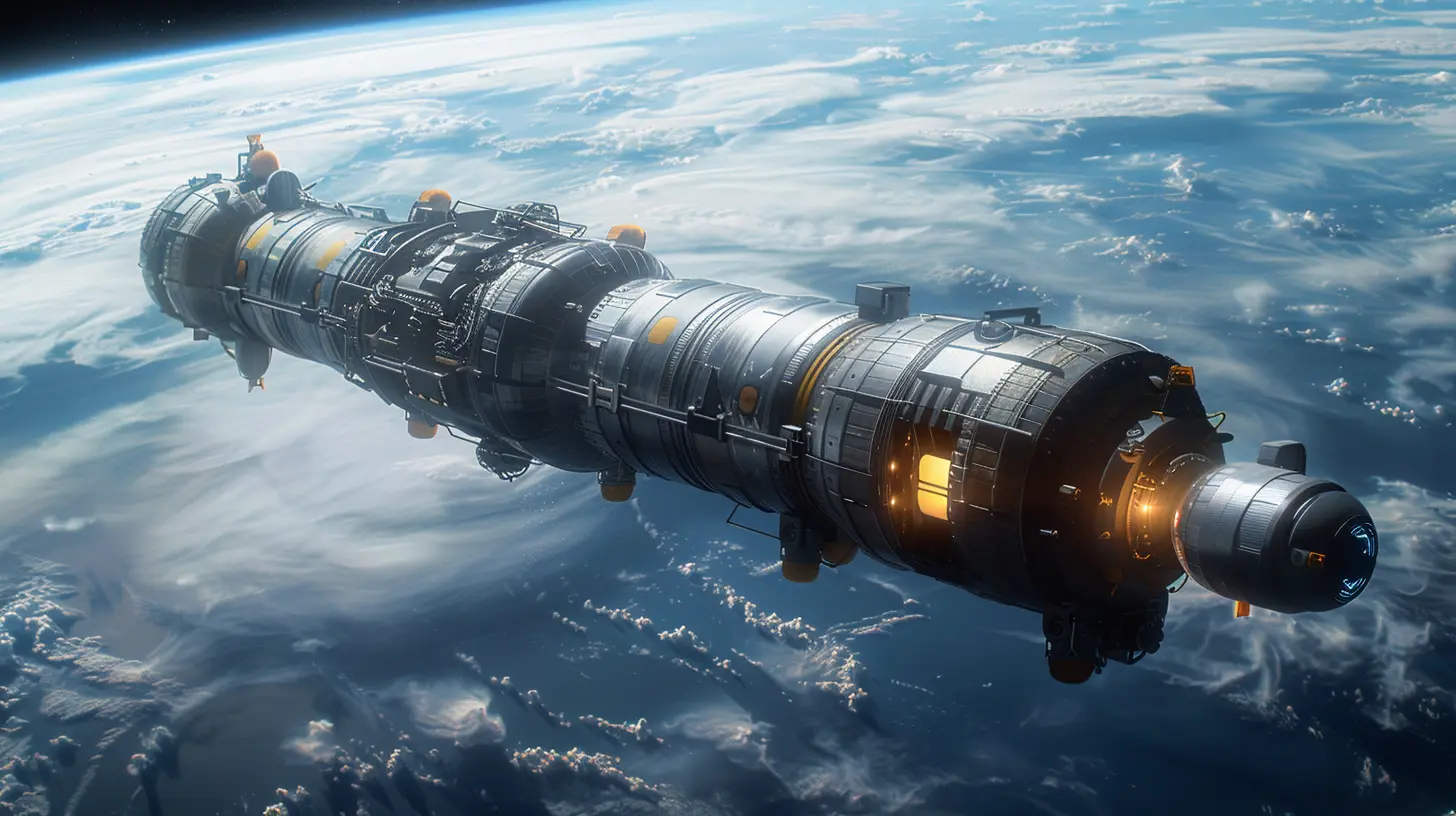
What Exactly Is "Space Robotics"?
Before we start talking about the future, let’s nail down what we mean by "space robotics." Simply put, space robotics refers to the development of robotic systems designed specifically for use in outer space. These machines are built to withstand the harsh conditions of space, such as extreme temperatures, radiation, and the vacuum environment.But that’s not all – they’re also designed to function autonomously. That means they can make decisions, carry out tasks, and solve problems without humans needing to constantly guide their every move. Think of them as your super-smart, ultra-durable, never-complaining co-workers who are happy to do the jobs we can’t or won’t do.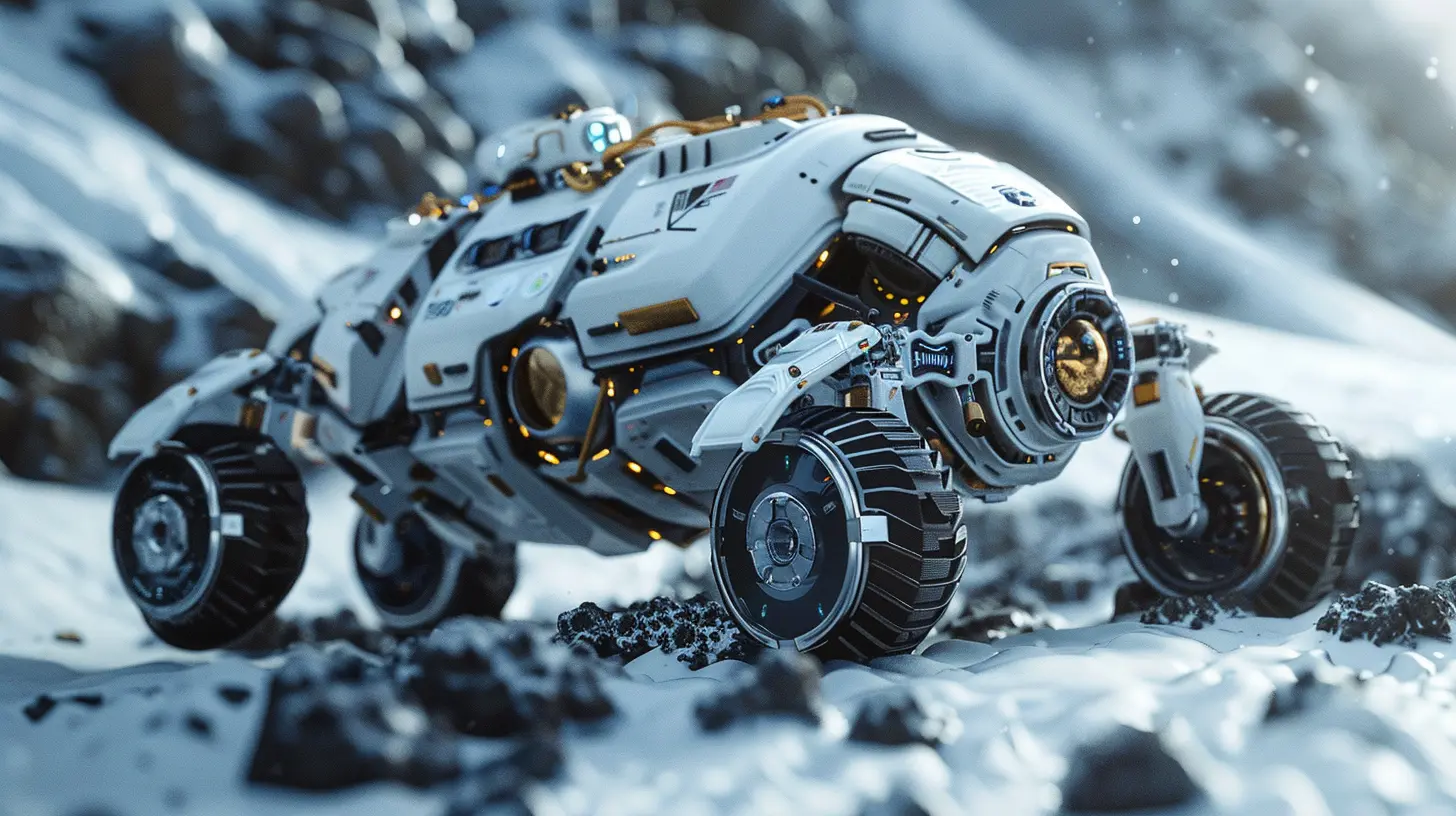
Why Do We Need Robots in Space?
1. Space is Dangerous – Seriously Dangerous
Let’s face it – space is not exactly a cozy place for humans. The vacuum of space can kill you in seconds, temperatures can range from boiling to freezing in a heartbeat, and there’s constant exposure to harmful cosmic radiation. Plus, astronauts have limited supplies and can only stay in space for so long before they need to return to Earth.Robots, on the other hand? They don’t need air, food, or sleep. They can survive in these extreme environments for extended periods and handle tasks that would be too risky for astronauts. For instance, sending a rover to Mars is much safer (and cheaper) than sending a human crew.
2. Autonomous Exploration is More Efficient
Imagine if every time a Mars rover wanted to move an inch, it had to call back to Earth and ask for permission. That wouldn’t get us very far, would it? The problem is, signals can take anywhere from 4 to 24 minutes to travel between Earth and Mars. This delay makes real-time control from Earth impractical.That’s where autonomous robotics come in. These machines are equipped with artificial intelligence (AI) and machine learning systems that allow them to make decisions on their own. For example, NASA’s Perseverance rover on Mars is capable of navigating tricky terrain, analyzing rock samples, and even selecting targets for its laser without human input.
3. Exploring Places Humans Can’t Reach
There are parts of space that, quite frankly, humans just can’t reach (yet). Think about the blistering heat of Venus, the icy moons of Jupiter, or the dark, distant depths of asteroids. These are places where astronauts wouldn't survive, but robots can.Take the Voyager probes for example. Launched in 1977, they are still sending data from interstellar space, far beyond the reach of any human spacecraft. Without robotics, we’d have no way of exploring these distant realms.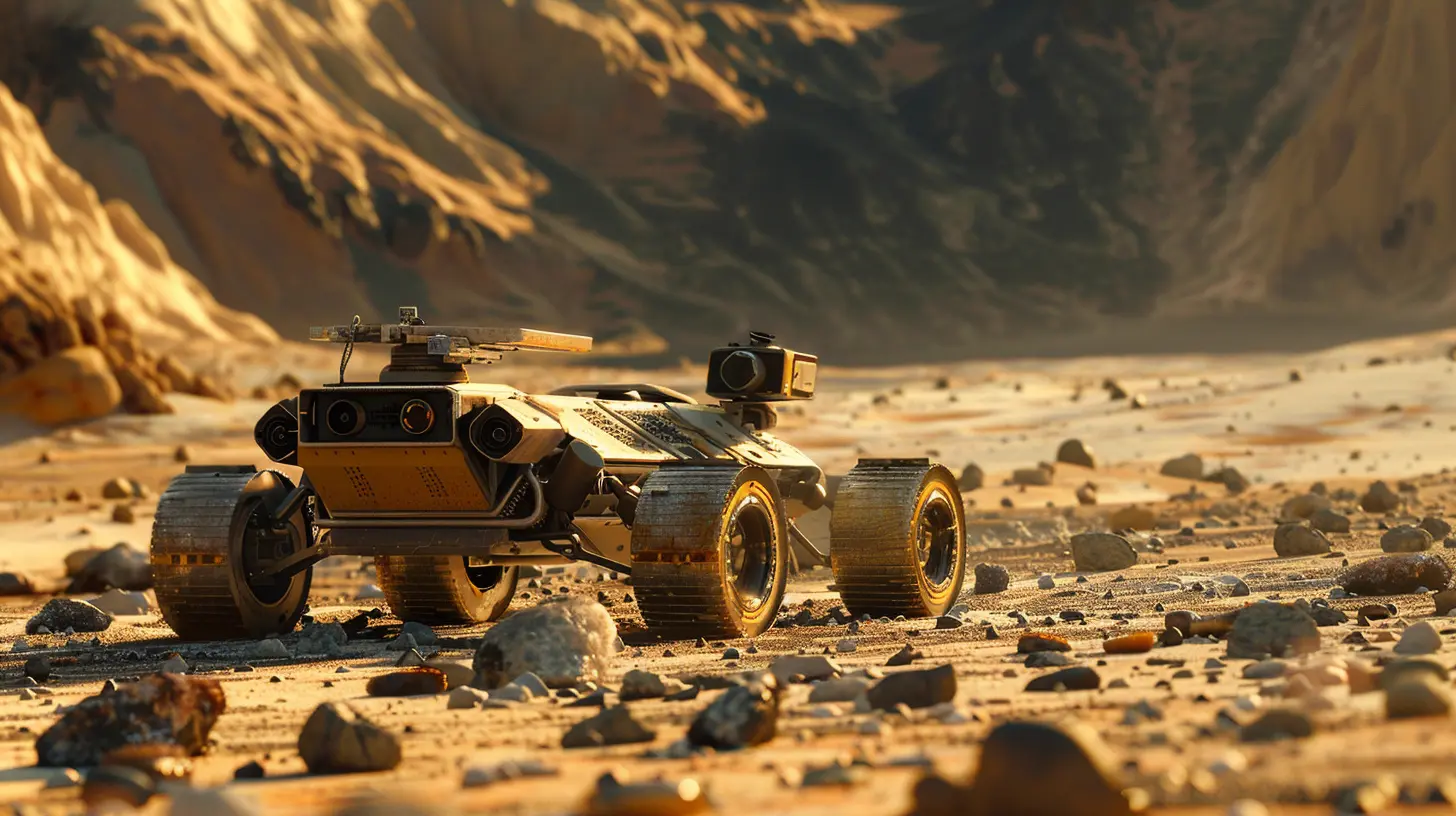
Key Missions That Paved the Way for Space Robotics
1. The Mars Rovers: Spirit, Opportunity, Curiosity, Perseverance
When you think about robotics in space, Mars rovers are probably the first thing that comes to mind. NASA’s Mars rovers have been revolutionary in showing what robots are capable of. Each rover has been more advanced than the last, with Perseverance being the latest and greatest.Perseverance is not only exploring Mars for signs of ancient life, but it’s also testing new technologies, like producing oxygen from Mars’ atmosphere – something that could help future human missions survive on the red planet.
2. Robotic Arms: The Canadarm Series
While rovers are busy exploring distant planets, robotic arms have been making a huge impact closer to home. Canadarm and its successors, Canadarm2 and Dextre, are robotic arms used on the International Space Station (ISS). These arms have been critical in building and maintaining the ISS, as well as capturing cargo ships and performing precise tasks in space.Without robotic arms, the assembly of the ISS would’ve been far more complex and dangerous for astronauts. Plus, they’re a great example of how robotics can assist humans in space rather than replace them.
3. The Rosetta Mission
The European Space Agency’s Rosetta mission was one of the first to send a robot to land on a comet. The Philae lander from the Rosetta spacecraft made history in 2014 when it landed on Comet 67P. This mission was a huge milestone in space robotics and provided us with valuable data about comets, which are considered to be time capsules from the early solar system.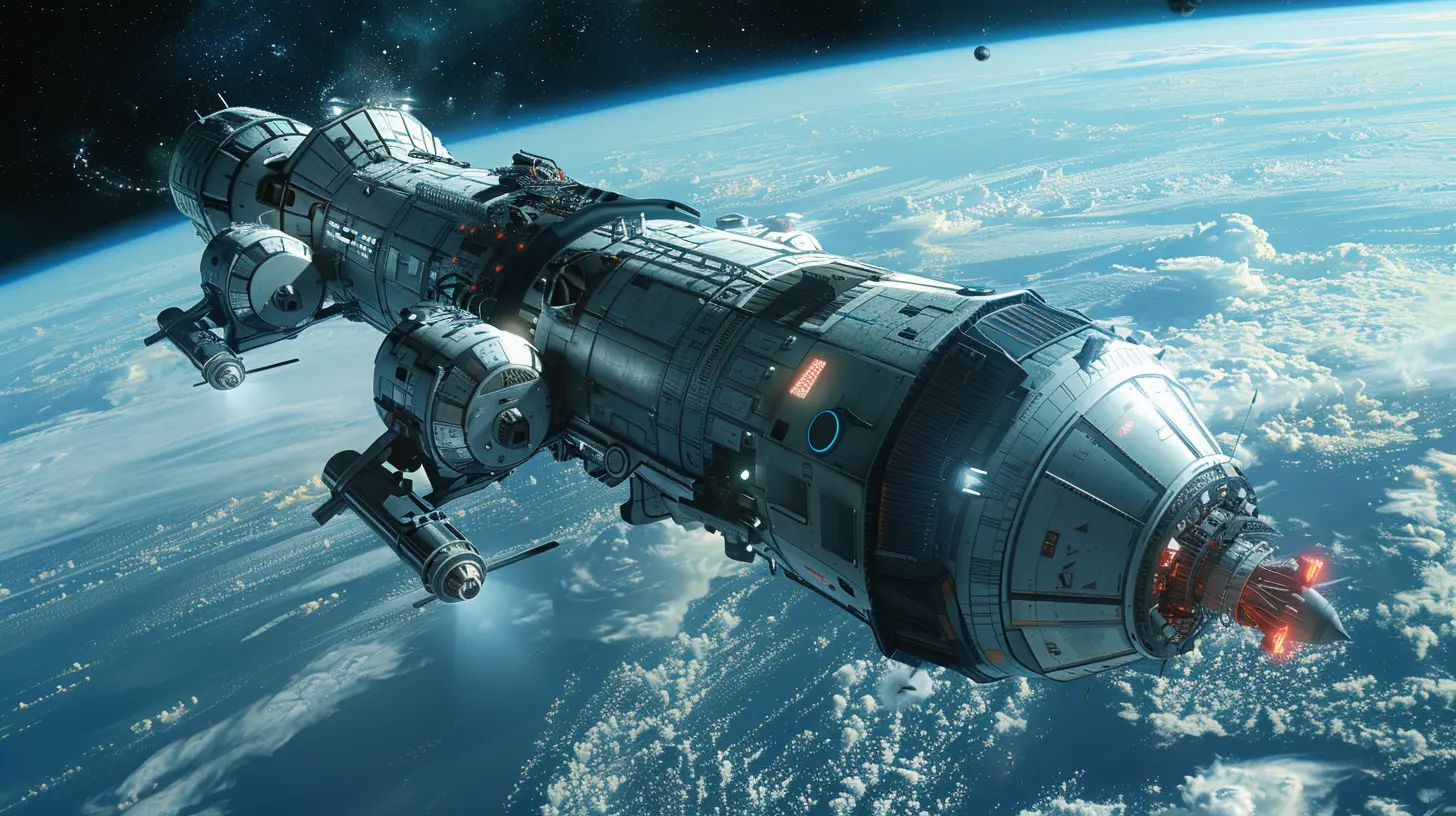
How Robotics Is Shaping the Future of Space Exploration
1. Robotic Colonization
Let’s dream big for a second: colonizing another planet. This is no longer just the stuff of science fiction. While we’re not quite there yet, robotics will play a crucial role in making this dream a reality. Imagine robots being sent ahead of human missions to build habitats, mine resources, or even grow food on Mars or the Moon.Robotic systems could set up entire colonies before humans even arrive, ensuring that everything is ready for when we step foot on new worlds.
2. Mining Asteroids for Resources
The idea of mining asteroids sounds like something straight out of a James Cameron movie, but it’s actually a very real possibility. Many asteroids are rich in valuable metals like platinum, gold, and even water – resources that could be critical for space exploration and even survival.Robots could be the key to making asteroid mining a reality. Autonomous mining robots could extract these resources and send them back to Earth or use them to build structures in space.
3. Exploring Ocean Worlds
Some of the most exciting prospects for finding life beyond Earth lie in the icy moons of Jupiter and Saturn, such as Europa and Enceladus. Both moons are believed to have subsurface oceans beneath their icy crusts, and where there’s water, there’s the possibility of life.But how do you explore an ocean under miles of ice? You guessed it – robots! Plans are already underway to develop robotic submarines that could one day explore these alien oceans and search for signs of life.
Challenges Facing Space Robotics
As amazing as space robotics are, they’re not without their challenges.1. Harsh Conditions
Space is unforgiving. Robots have to be built to survive extreme conditions, such as temperature swings, radiation, and micrometeoroid impacts. This requires advanced materials and engineering, which can drive up costs.2. Communication Delays
While autonomous robots are a solution to communication delays, they still need to send data back to Earth. This can be tricky when a spacecraft is millions of miles away. Engineers need to find ways to ensure reliable communication over vast distances.3. Power Supply
One of the biggest challenges for space robots is power. Solar panels are a common solution, but they’re not always effective in environments like the dark side of the Moon or distant asteroids. Scientists are working on developing more efficient power sources, including nuclear power, to keep robots running in these environments.The Impact on Humanity's Future
So, why does all of this matter? Well, the exploration of space is about more than just satisfying our curiosity. It’s about ensuring the long-term survival and prosperity of humanity. As our planet faces challenges like climate change, resource depletion, and overpopulation, space presents new opportunities for growth and discovery.Robotics will be at the forefront of this new era of exploration, helping us reach places we could never go ourselves and providing crucial data for future missions. Whether it’s finding new resources, searching for life, or paving the way for human colonization, robots are the explorers of the future.
Conclusion: A Robotic Future in Space
In the grand scheme of things, we’re just at the beginning of what space robotics can achieve. From Mars rovers to asteroid miners, the future is looking more robotic by the day. And that’s a good thing. Robots are our perfect partners in the mission to explore the universe, allowing us to push the boundaries of what’s possible while keeping humans safe.So, the next time you look up at the night sky, remember this: somewhere out there, a robot is doing the work to unlock the secrets of the cosmos, one small step at a time.
all images in this post were generated using AI tools
Category:
Future TechAuthor:

Reese McQuillan
Discussion
rate this article
18 comments
Kalani Romero
Great insights on autonomous exploration! The advancements in robotics are truly fascinating and will undoubtedly reshape our understanding of space. Excited for what’s next!
April 7, 2025 at 8:15 PM

Reese McQuillan
Thank you! I share your excitement about the future of autonomous exploration and its potential to transform our understanding of the cosmos.
Upton Hines
This article highlights the groundbreaking advancements in robotics for space exploration. Autonomous technology not only enhances efficiency but also provides insights into distant worlds, paving the way for future missions and deeper understanding of our universe. Exciting times ahead!
April 6, 2025 at 3:04 AM

Reese McQuillan
Thank you! I'm glad you found the article insightful. The advancements in robotics truly open up new frontiers for exploration. Exciting indeed!
Sarina McVeigh
Exciting times lie ahead as robotics revolutionizes space exploration! The dawn of autonomous technology opens up endless possibilities for discovery and innovation beyond our planet. Let’s embrace this journey into the unknown, as we uncover the mysteries of the universe together! 🚀✨
April 5, 2025 at 2:57 AM

Reese McQuillan
Absolutely! The future of robotics in space is truly thrilling, and I can't wait to see the groundbreaking discoveries we'll make together! 🌌🚀
Noora Griffin
Exciting times ahead for space exploration innovation!
April 3, 2025 at 11:16 AM

Reese McQuillan
Absolutely! The advancements in robotics are set to revolutionize how we explore and understand the cosmos.
Shania Wyatt
This article brilliantly highlights the transformative role of robotics in space exploration. Autonomous technology not only enhances efficiency but also expands our capabilities to explore distant worlds, paving the way for future discoveries. Exciting times ahead!
April 2, 2025 at 3:34 AM

Reese McQuillan
Thank you! I'm glad you enjoyed the article. Exciting times indeed as we push the boundaries of exploration with robotics!
Zedric Sheppard
Empowering humanity’s cosmic frontier!
March 30, 2025 at 7:24 PM

Reese McQuillan
Thank you! We're excited about the potential of robotics to enhance our exploration of the cosmos!
Briar Sheppard
What an exciting time for space exploration! The idea of robots autonomously navigating the cosmos opens up endless possibilities. Can’t wait to see where this technology takes us next! 🚀✨
March 30, 2025 at 4:37 AM

Reese McQuillan
Thank you! The potential of autonomous robots in space is indeed thrilling, and we're just beginning to explore what they can achieve. Exciting times ahead! 🚀✨
Lennox McCarty
Exciting future ahead for space explorers!
March 29, 2025 at 4:42 AM

Reese McQuillan
Absolutely! The advancements in robotics are revolutionizing space exploration and opening new frontiers for discovery.
Kason Wade
Autonomous robots will redefine space exploration forever!
March 26, 2025 at 8:53 PM

Reese McQuillan
Absolutely! Autonomous robots will revolutionize how we explore and understand our universe, making missions safer and more efficient.
Lennox McAndrews
Great insights! Excited to see how robotics will revolutionize space exploration.
March 25, 2025 at 5:17 AM

Reese McQuillan
Thank you! I'm excited too—robotics will truly transform our approach to space exploration!
Devin Walker
This article highlights the exciting advancements in autonomous robotics for space exploration. As technology evolves, these robots will revolutionize our understanding of distant planets, enabling missions that were once deemed impossible. The future of space exploration is here, and it's autonomous!
March 19, 2025 at 11:44 AM

Reese McQuillan
Thank you for your insightful comment! I completely agree—autonomous robotics are indeed transforming our approach to space exploration and expanding the horizons of what we can achieve.
Lila McGinnis
The intersection of robotics and space exploration marks a transformative era for humanity. As we harness autonomous technologies, we unlock the potential to reach farther and explore deeper, transcending the limits of traditional methods. This dawn not only expands our scientific horizons but also deepens our understanding of the universe.
March 18, 2025 at 4:56 AM

Reese McQuillan
Thank you for your insightful comment! Indeed, the integration of robotics and autonomous technologies is paving the way for unprecedented discoveries in space exploration.
Sheena Sharpe
Exciting advancements, but ethical implications of autonomy must be addressed.
March 17, 2025 at 5:14 AM

Reese McQuillan
Thank you for your insightful comment! Addressing ethical implications is indeed crucial as we advance in autonomous space exploration. It’s a dialogue we must prioritize.
Mandy Sharp
This article highlights the exciting advancements in robotics for space exploration. The development of autonomous systems not only enhances our ability to explore distant celestial bodies but also presents new possibilities for scientific discoveries. As technology evolves, we can look forward to a future where robots become our trusted space pioneers.
March 16, 2025 at 9:29 PM

Reese McQuillan
Thank you for your insights! I’m glad you found the advancements in autonomous robotics for space exploration exciting. The future indeed holds incredible possibilities for discovery!
Romina Johnson
This article brilliantly highlights the transformative impact of robotics on space exploration. The advancements in autonomous technology not only enhance mission efficiency but also pave the way for groundbreaking discoveries beyond our planet. Exciting times ahead!
March 13, 2025 at 11:47 AM

Reese McQuillan
Thank you for your insights! I'm glad you found the article highlights the exciting potential of robotics in space exploration.
Jax McElhinney
What an exciting time for space exploration! The advancements in robotics are paving the way for autonomous missions, allowing us to uncover the mysteries of the cosmos like never before. Can't wait to see what incredible discoveries lie ahead! 🚀🌌
March 10, 2025 at 9:33 PM

Reese McQuillan
Thank you! It's indeed a thrilling era for space exploration, and the potential of robotic technology is limitless. Exciting discoveries await us! 🚀
Shannon Hardy
This article highlights the exciting advancements in robotics for space exploration, showcasing both the potential benefits and challenges. While autonomy can enhance mission efficiency, it’s crucial to address ethical considerations and ensure robust human oversight in these initiatives.
March 9, 2025 at 12:07 PM

Reese McQuillan
Thank you for your insightful comment! I completely agree that balancing autonomy with ethical oversight is essential for the future of robotics in space exploration.
Tristan Coleman
This article beautifully captures the excitement around robotics in space exploration! The idea of autonomous robots uncovering the mysteries of the universe is mind-blowing. It's like something out of a sci-fi movie, but it's becoming our reality. Can't wait to see what they discover next!
March 7, 2025 at 5:10 AM

Reese McQuillan
Thank you for your enthusiasm! It's exciting to see how autonomous robots are transforming our understanding of the universe. Stay tuned for more groundbreaking discoveries!
MORE POSTS

Edge Computing: Bringing Cloud Power Closer to You
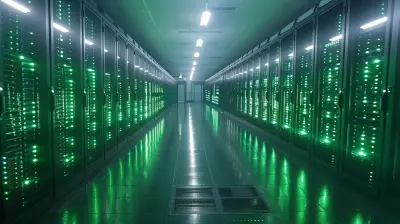
The Rise of Green Data Centers: Renewable Energy and the Tech Industry

How to Enhance Audio in Your Video Editing Projects

G and Its Role in the Evolution of Edge Computing

Exploring Quantum Annealing: A Specialized Approach to Quantum Computing

G and the Future of Remote Learning

Blockchain and the Circular Economy: A Sustainable Partnership

The Best Smart Displays for Video Calling and Staying Connected

Laptops with the Best Built-In Privacy Features: Staying Secure on the Go

The Importance of Regular Security Audits for Data Protection

The Best Laptops for Multitasking: Speed, Storage, and Stability